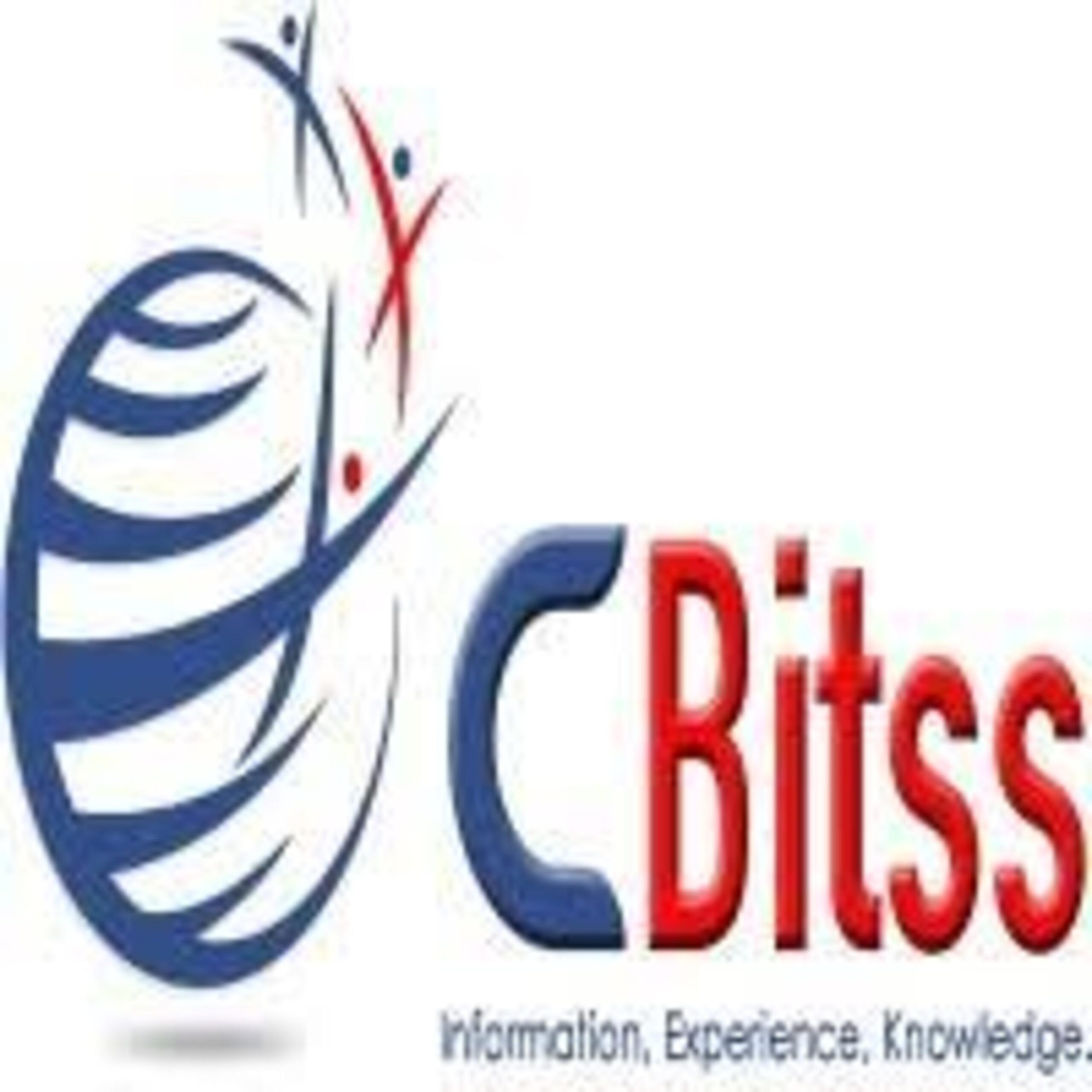MYOB Accounting Software: A Comprehensive Guide
Introduction to MYOB Accounting Software
MYOB (Mind Your Own Business) is a leading provider of accounting software solutions tailored for small and medium-sized enterprises (SMEs) in Australia, New Zealand, and beyond. Founded in 1991, MYOB offers a range of cloud-based and desktop accounting software products designed to streamline financial management, enhance business productivity, and ensure compliance with tax regulations. MYOB Accounting Software is renowned for its user-friendly interface, robust feature set, and scalability, making it a popular choice among businesses seeking efficient accounting solutions.
Understanding MYOB Accounting Software
1. Purpose and Scope
MYOB Accounting Software caters to businesses of varying sizes and industries, providing tools for invoicing, payroll processing, inventory management, financial reporting, and more. It offers both cloud-based solutions (MYOB Essentials) and desktop software (MYOB AccountRight), allowing businesses to choose the platform that best suits their operational needs and preferences.
2. Target Audience
The primary users of MYOB Accounting Software include:
-
Small and Medium-Sized Enterprises (SMEs): Businesses looking for comprehensive accounting solutions to manage finances, track expenses, and simplify tax compliance.
-
Accounting Professionals: Accountants and bookkeepers using MYOB software to support client accounting needs, streamline workflows, and provide value-added services.
-
Startups and Freelancers: Individuals and small businesses requiring basic accounting tools for invoicing, expense tracking, and financial reporting.
Key Principles of MYOB Accounting Software
1. User-Friendly Interface
MYOB emphasizes a user-friendly interface designed to simplify accounting tasks and minimize the learning curve for new users. Navigation is intuitive, and features are organized logically to enhance productivity and efficiency in financial management.
2. Integration Capabilities
MYOB Accounting Software integrates seamlessly with third-party applications, including banking services, payroll systems, CRM software, and e-commerce platforms. This integration capability allows businesses to automate data entry, synchronize financial information, and streamline business operations.
Popular MYOB Products
1. MYOB Essentials
MYOB Essentials is a cloud-based accounting software suitable for small businesses and sole traders. It offers features such as invoicing, payroll management, GST compliance, bank reconciliation, and financial reporting in a secure online environment accessible from any device with internet connectivity.
2. MYOB AccountRight
MYOB AccountRight is a desktop accounting software solution that provides advanced functionality for inventory management, job tracking, multi-currency transactions, and time billing. It offers flexibility in data storage and can be used offline, with data synchronization capabilities when connected to the internet.
Benefits of MYOB Accounting Software
1. Comprehensive Financial Management
MYOB Accounting Software enables businesses to maintain accurate financial records, track expenses, manage cash flow, and generate detailed financial reports essential for informed decision-making and compliance with regulatory requirements.
2. Scalability and Flexibility
Whether using cloud-based or desktop solutions, MYOB offers scalability to accommodate business growth and changing accounting needs. Users can upgrade or downgrade subscription plans, add users, and customize features to align with evolving business requirements.
3. Time and Cost Efficiency
Automated processes and integration capabilities reduce manual data entry, minimize errors, and save time spent on administrative tasks. This efficiency translates into cost savings and allows businesses to focus on core operations and strategic initiatives.
4. Compliance and Security
MYOB prioritizes data security and compliance with industry standards, providing secure data encryption, regular software updates, and adherence to regulatory requirements for data protection and privacy.
Challenges and Considerations
1. Learning Curve
New users may experience a learning curve when familiarizing themselves with MYOB Accounting Software’s features and functionality, especially when transitioning from manual accounting processes or using different accounting software.
2. Cost of Ownership
While MYOB offers subscription-based pricing models that are scalable, the cost of ownership—including subscription fees, add-on services, and training—may vary depending on business size, usage requirements, and customization needs.
3. System Requirements
Desktop versions of MYOB Accounting Software (such as MYOB AccountRight) have specific system requirements for hardware and operating systems, which businesses must consider to ensure compatibility and optimal performance.
4. Support and Training
Access to comprehensive customer support, training resources, and ongoing software updates is essential for maximizing the benefits of MYOB Accounting Software. Businesses should invest in training for staff members to leverage advanced features effectively and troubleshoot issues as they arise.
Conclusion
In conclusion, MYOB Accounting Software offers SMEs robust solutions for managing financial operations, enhancing productivity, and ensuring compliance with regulatory requirements. With user-friendly interfaces, integration capabilities, and scalable deployment options, MYOB enables businesses to streamline accounting processes, make informed financial decisions, and achieve operational efficiency.
While challenges such as the learning curve, cost of ownership, system requirements, and support considerations exist, the benefits of MYOB Accounting Software—comprehensive financial management, scalability, efficiency gains, and data security—position it as a valuable asset for businesses seeking reliable and effective accounting solutions.
By leveraging MYOB Accounting Software’s features, investing in training and support, and staying updated with industry best practices, businesses can optimize financial workflows, drive growth, and maintain competitive advantage in today’s dynamic business environment.

